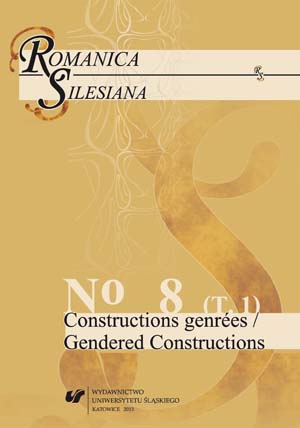Cela’s Men and Woman: Multiple Masculinities versus One Femininity in "Mazurka for Two Dead Men"
Cela’s Men and Woman: Multiple Masculinities versus One Femininity in "Mazurka for Two Dead Men"
Author(s): Anna PilińskaSubject(s): Literary Texts
Published by: Wydawnictwo Uniwersytetu Śląskiego
Keywords: masculinity; femininity; realism; naturalism; tremendismo; Camilo José Cela
Summary/Abstract: In "Mazurka For Two Dead Men", Camilo José Cela creates a world heavily populated with vivid types of men and seemingly only one type of woman. Female characters in the story are primarily sexual (and promiscuous) beings, depicted mostly in the context of erotic encounters deprived of sensuality or tenderness. Easily accessible female bodies serve to present the various kinds of masculinity through the nature and quality of men’s interactions with women. Credited with the popularization of the so-called tremendismo, a specifically Spanish literary technique related to realism and naturalism, Cela does not shun explicit depictions of phenomena such as violence, deviation, prostitution, deformity, or bestiality. The purpose of the following article is to demonstrate how Cela constructs masculinity and femininity in his novel, and what particular gender roles he assigns to his characters.
Journal: Romanica Silesiana
- Issue Year: 8/2013
- Issue No: 1
- Page Range: 284-291
- Page Count: 8
- Language: English

